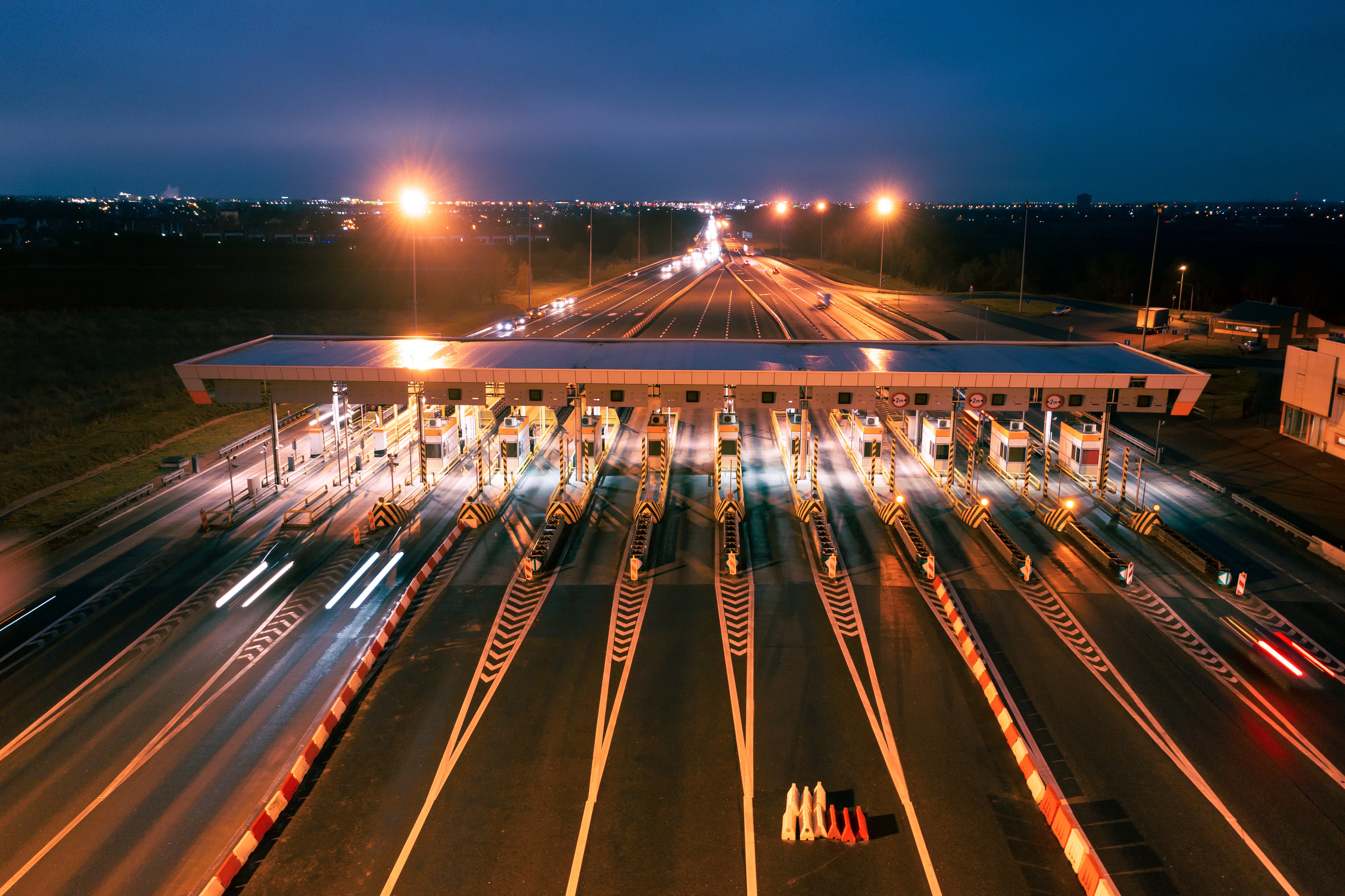The Gotthard tunnel toll in Switzerland
The Gotthard Tunnel in Switzerland – Everything you need to know
The Gotthard Tunnel in Switzerland is more than just an engineering masterpiece. It embodies the fascinating connection between tradition and modern progress. As one of the longest railway tunnels in the world and a central component of the Swiss transport network, the Gotthard Tunnel plays a crucial role in mobility and the transport of goods within Europe.
Its history dates back to the 19th century, when the original Gotthard Pass became the lifeline of the Alpine region. In this introduction, we take you on a journey through the deep tunnel shafts, explore the technical challenges overcome during construction, and consider the tunnel's economic and environmental impact. A vignette is required to use the tunnel, but no separate toll is required.
The most important things in brief:
- The tunnel has a length of 16.9 kilometers and is the fourth largest tunnel in the world.
- It is an important part of the A2 from Basel.
- About 17,000 vehicles pass through here every day.
All important information about the Gotthard Tunnel in Switzerland
The Gotthard Tunnel stretches across the south-central part of Switzerland and serves as a vital transport link between the cantons of Uri and Ticino. With an impressive length of 16.9 kilometers, it is one of the four longest tunnels in the world and the longest road tunnel in the Alpine region. By comparison, the Päijänne Tunnel in Finland measures 119.6 kilometers, while the metro lines in Chengdu and Guangzhou are also notable, measuring 68 and 57.9 kilometers respectively. The Gotthard Tunnel is part of the A2 motorway, which stretches from Basel in the far north to Chiasso in the south of Switzerland, and records around 17,000 journeys by cars, motorcycles, and trucks every day.
In addition to the Gotthard Tunnel for road traffic, there is also the Gotthard Base Tunnel, which allows rail traffic through the Gotthard Massif. Construction of this railway tunnel began in 1993 and was completed in 2016, before its official opening on June 1. Since then, the tunnel has not only been accessible to motorized traffic but also plays an important role in freight and passenger transport. This helps relieve congestion on the roads, as the rail network has a capacity of approximately 260 freight trains and 65 passenger trains per day.
How safe is the Gotthard Tunnel
Due to its length, drivers often worry about safety. After approximately 900 accidents occurred in the tunnel between 1980 and 2004, access for trucks has been regulated by a special traffic light system since 2002. This is intended to increase safety and better control traffic. Furthermore, there are breakdown bays every 750 meters and special shelters every 50 meters that can be used in an emergency. For these reasons, there is nothing to complain about in terms of safety.
The vignette requirement for the Gotthard Tunnel in Switzerland
Use of the Gotthard Tunnel is included in the price of the Swiss vignette. This means there is no separate, route-specific toll. You can conveniently purchase your annual vignette for this country online from us.
FAQ about the Gotthard Tunnel
What is the Gotthard Tunnel?
The Gotthard Tunnel is a 16.9-kilometer-long road tunnel connecting the Swiss cantons of Uri and Ticino. It is part of the A2 motorway and is considered the longest road tunnel in the Alps and the fourth-longest tunnel in the world.
Is there also a railway tunnel in the Gotthard?
Yes, in addition to the Gotthard Road Tunnel, there is the Gotthard Base Tunnel for rail traffic. This tunnel opened in 2016 and allows the transport of goods and passengers through the Gotthard Massif, further easing traffic congestion.
How is the tunnel used?
The Gotthard Tunnel is used for car and truck traffic, as well as motorcycle transport, while the Gotthard Base Tunnel facilitates freight and passenger train traffic. The rail capacity is approximately 260 freight trains and 65 passenger trains per day.
When was the Gotthard Tunnel opened?
The Gotthard Tunnel was opened in 1980 and has been used continuously since then to promote the connection between the two cantons.
What safety precautions are in place in the Gotthard Tunnel?
The tunnel is equipped with modern safety installations, including emergency exits, fire alarm systems, video surveillance and regular maintenance to ensure the safety of all road users.
Regular curfews
The Gotthard Tunnel is closed to special transport every Wednesday evening from 11 p.m. until 1 a.m. Thursday morning. Outside of these hours, the tunnel remains open continuously.

